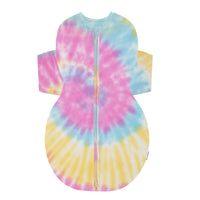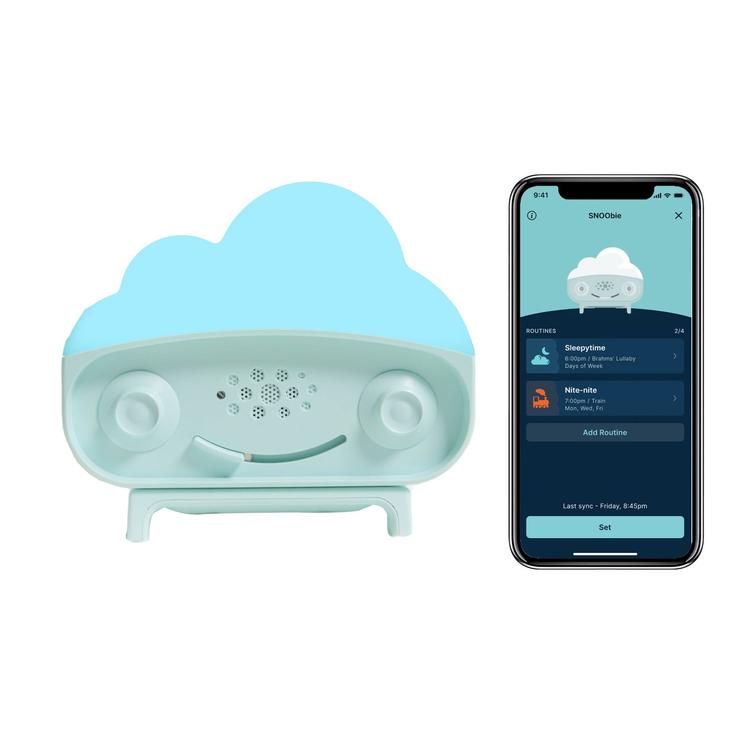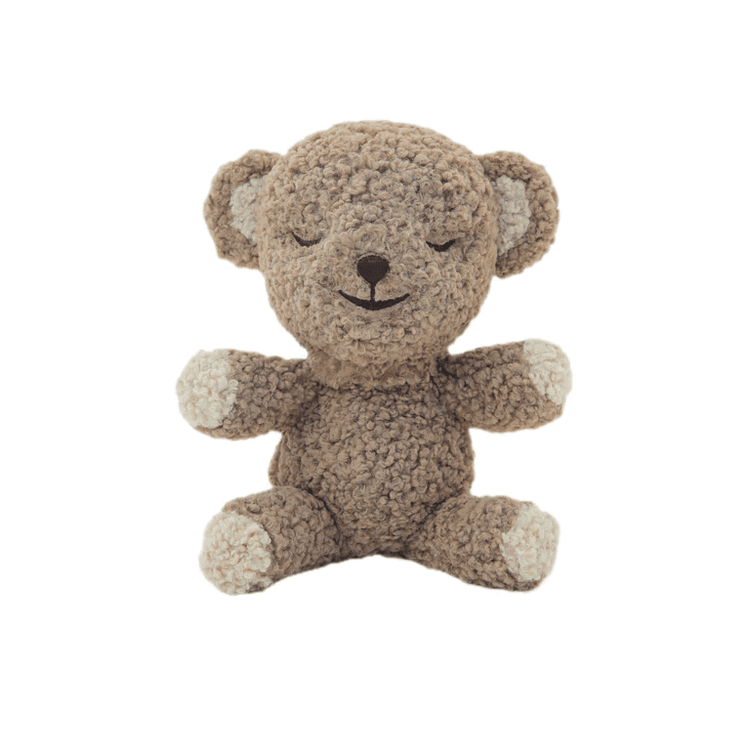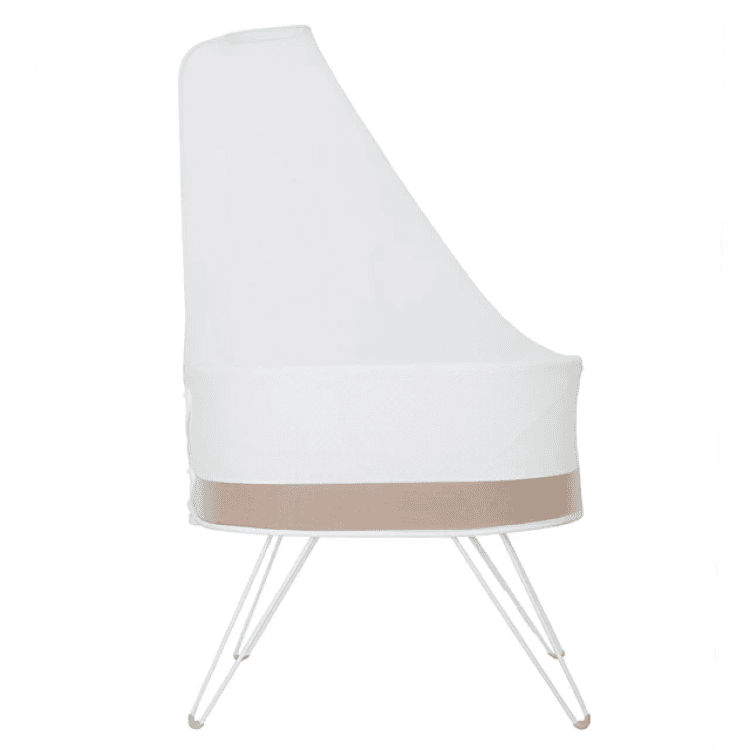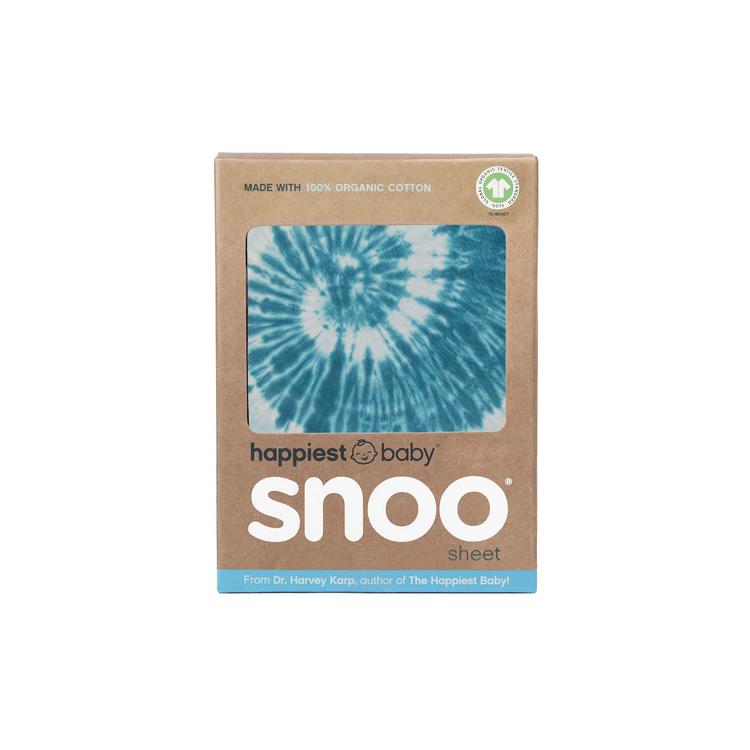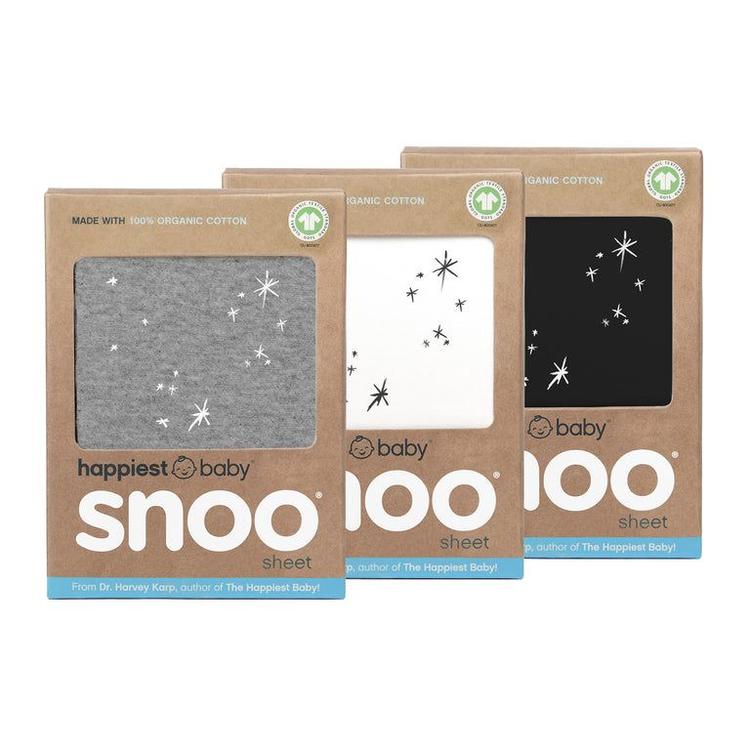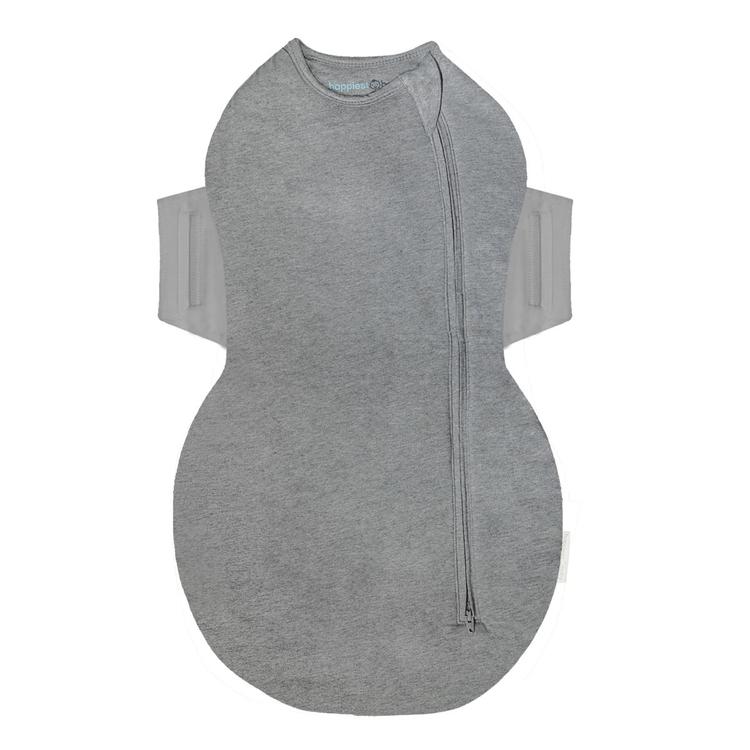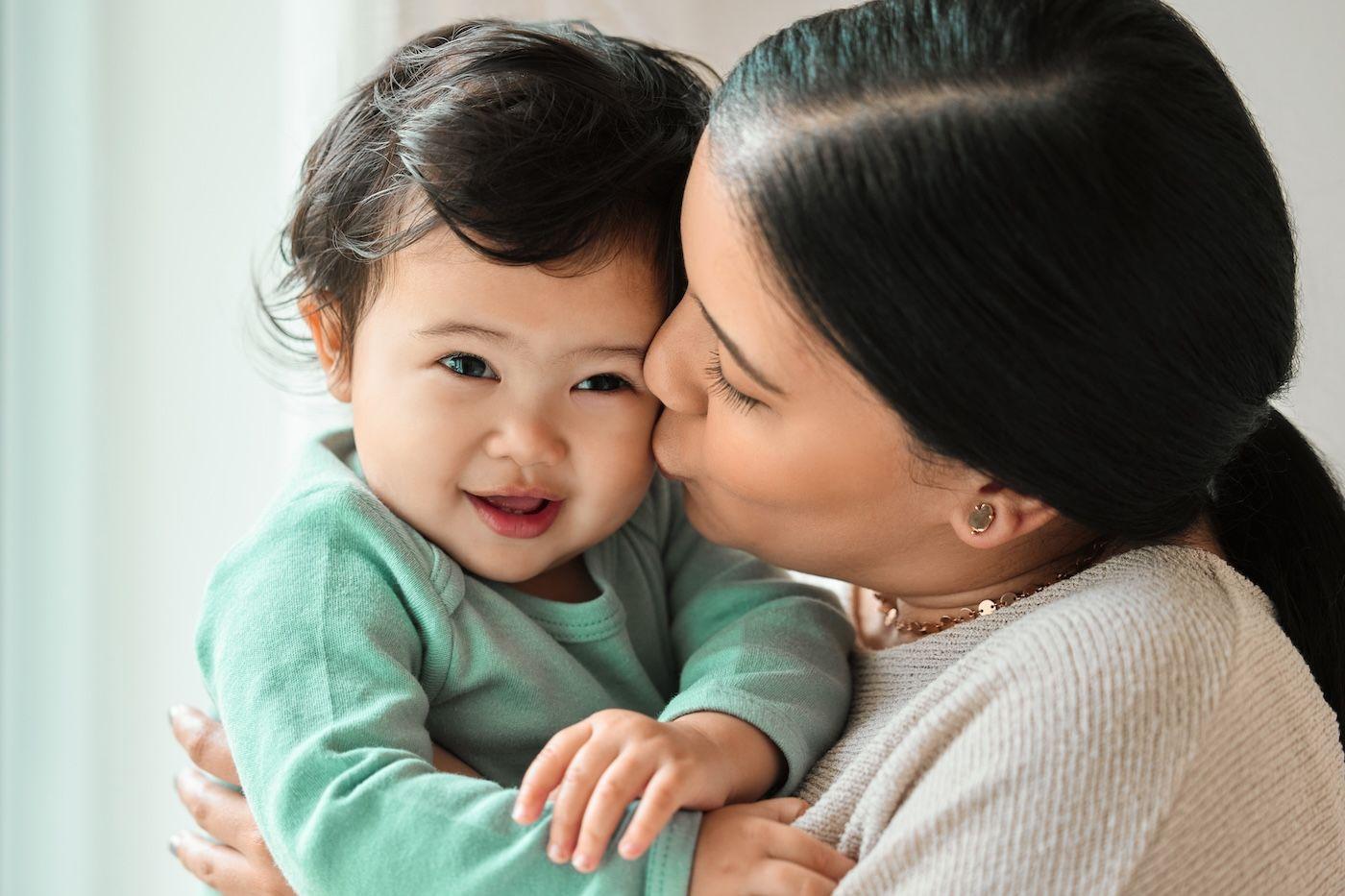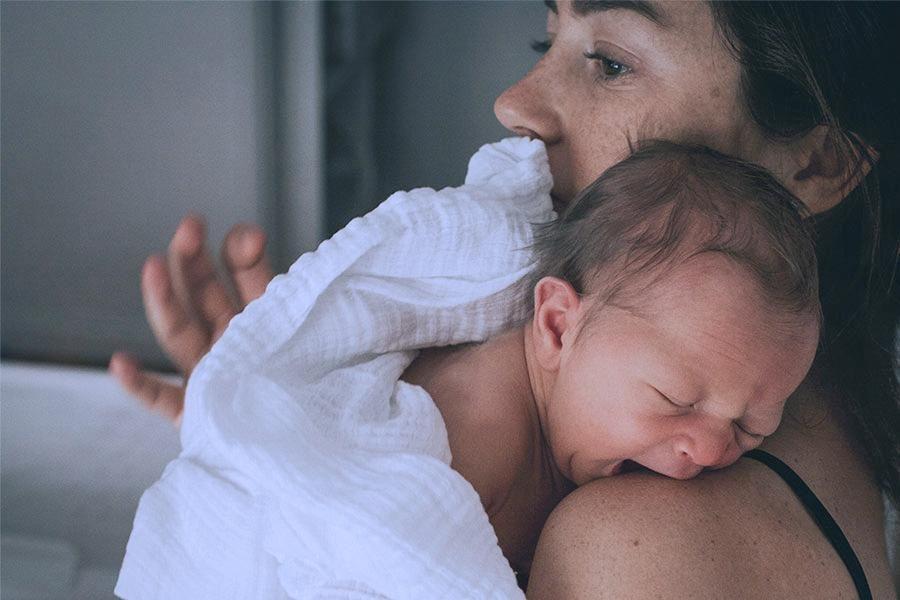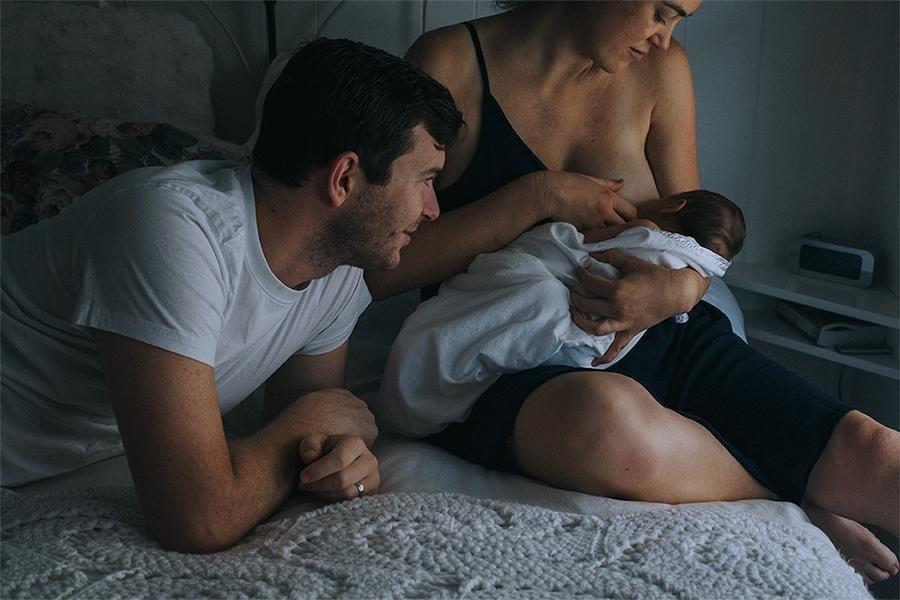Any other year, a little tickle in the back of your throat or a stuffy nose might be a bit of a bother…but with COVID-19 still lurking around the corner, that phlegmy feeling might give your heart a shiver!
As the cold and flu season kicks into gear, parents may find it tricky to sort through the sniffles and sneezes to figure out if your child just has a seasonal 'crud'…or something serious. After all, COVID-19 does share several symptoms with the cold and flu. So, how do you know if your kid’s cough is COVID…or the common cold?
While you are waiting to hear back from your healthcare provider, here are a few fast facts to help you diagnose the difference between COVID and these two usual suspects.
The Common Cold
What is a common cold?
A cold is a pretty harmless viral infection of the nose and throat, also known as an upper respiratory infection, or URI. Kids under 6 catch more colds than bigger kids and grownups, but even healthy adults can suffer through the sniffles once or twice a year. The common cold is usually caused by a member of the family of germs called rhinoviruses. This clan of over 150 bad actors usually spreads by hand contact or through the droplets of spit that spry from our mouths when we speak, breath, cough, or sneeze. They then sneak into the body through our nose, eyes, or mouth when we breath in or touch the virus to our face (for example, if you sneeze into your hand and touch a door handle…the next person who touches that handle and then, say, scratches their nose, could pick up the virus from you). When you get a cold, you develop immunity against getting it again, but that does not protect you from the dozens of 'cousins' of that particular germ. There is no real cure for the common cold, but good hand-washing, extra vitamin D, and getting enough sleep can help keep colds from getting started. (Here are some germ hacks to help keep your family healthy.)
Common symptoms of the common cold:
- Runny or stuffy nose
- Sore throat
- Cough
- Congestion
- Slight body aches or a mild headache
- Sneezing
- Low-grade fever
- Fatigue
How is the common cold different than COVID?
If you are cold, you are not hot. A key difference between colds and COVID (or, the flu) is that colds rarely raise your temperature. Of course, not all COVID patients get fever, but as many as 83% to 99% of COVID patients who have any symptoms at all have fever. Also, COVID can cause loss of sense of smell and/or taste, a deep cough, shortness of breath and painful breathing. And, the symptoms usually get worse over the first week, while head colds usually get better in just a few days.
The Flu
What is the flu?
The flu is a URI caused by a specific virus called influenza. Influenza is a cold…plus. On top of congestion, most people get achiness, fever, headache, and a deep, chesty cough. The flu is very seasonal, starting up around October and heading back into hibernation by spring.
Flu symptoms:
- Fever and chills
- Cough
- Sore throat
- Runny nose
- Congestion
- Muscle and/or body aches
- Headaches
- Fatigue
How is the flu different than COVID?
Influenza and COVID can overlap on all the above listed symptoms. So, if you have any of them, ask your doctor if you should have a flu and/or COVID test.
There are a few symptoms that do raise a higher suspicion of COVID: loss of sense of smell or taste, deep burning in the chest, and for young children rash, blood shot eyes, diarrhea, chest and neck pain.
Another difference between COVID and the flu is that COVID is contagious longer than the flu. You usually can't pass flu to others unless you have symptoms. COVID, on the other hand, is contagious for days to a week before you have symptoms—as well as while you have symptoms. And, asymptomatic patients are particularly dangerous because even without any cough, runny nose or fever, they can spread it for a week or more.
And, of course, unlike colds or COVID, you can be immunised to prevent flu. (Read more about the importance of the flu shot—for yourself and your children.)
COVID-19
What is COVID-19?
COVID-19 is an upper respiratory disease caused by an infection from the SARS-CoV-2 virus, which is one of hundreds of viruses in the coronavirus family. Only seven of these viruses cause illness in people (and four of those just cause a bit of cold/flu like symptoms, nothing too intense). COVID-19, on the other hand, is especially scary because it can trigger a massive immune lung inflammation that has killed about 200,000 Americans…in just the past six months!
Symptoms of COVID-19:
- Fever or chills
- Cough
- Shortness of breath or difficulty breathing
- Fatigue
- Muscle or body aches
- Headache
- New loss of taste or smell
- Sore throat
- Congestion or runny nose
- Nausea or vomiting
- Diarrhea
(Keep in mind the CDC is continually updating its list of symptoms as researchers discover more about this virus).
When is COVID-19 contagious…and how long does it last?
Experts are still learning a lot about COVID-19, but we do know that it is very easy to catch from tiny, microscopic droplets of saliva, liberated when you cough, sneeze, talk…even breathe. These droplets can linger in the air for hours in an indoor setting with low ceilings and poor ventilation.
A person can start feeling ill from two to 14 days after exposure. Their symptoms can range from asymptomatic to mild…to very severe. Once you are sick, COVID can last two or more weeks; some people report feeling ill months after first becoming infected!
When should you call a doctor?
If you believe you might have been exposed to COVID or you develop some of the symptoms listed above (and especially if you have loss of smell or taste, a fever, or chest pain and difficulty breathing) it is smart to get tested right away. We now know that the faster you get treatment for COVID, the better your chances are of full recovery.
And, for regular cold symptoms, a good rule of thumb is stay home…so you do not infect others or pick up an illness on top of what you have already. Also, you might want to wear your mask at home—to reduce spread to your family— and, of course, if you must go out, wear a mask, scrub hands often, and keep your distance from others.
Whether you are sick with COVID or just a common cold, we owe it to our friends, family, and neighbours to do whatever we can to keep each other safe and healthy!




